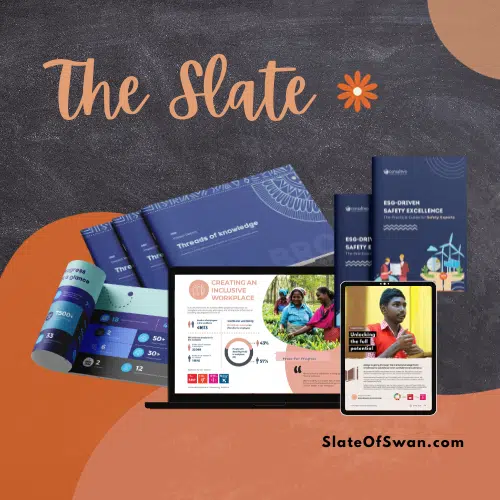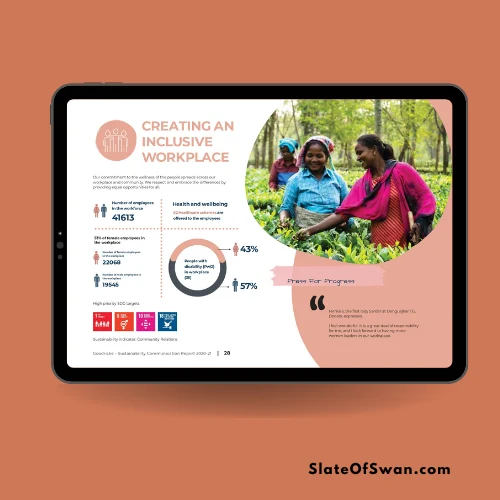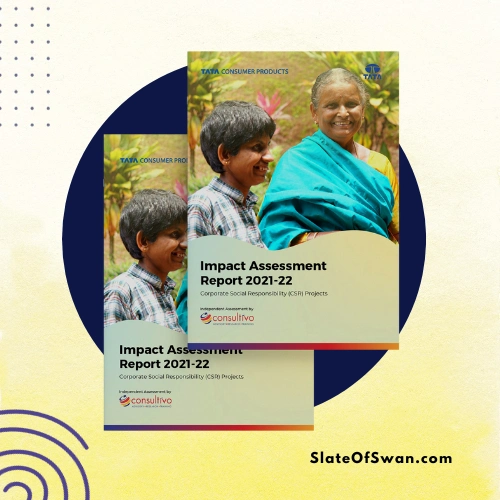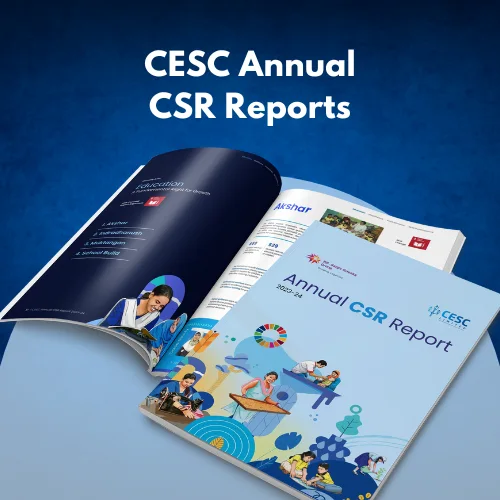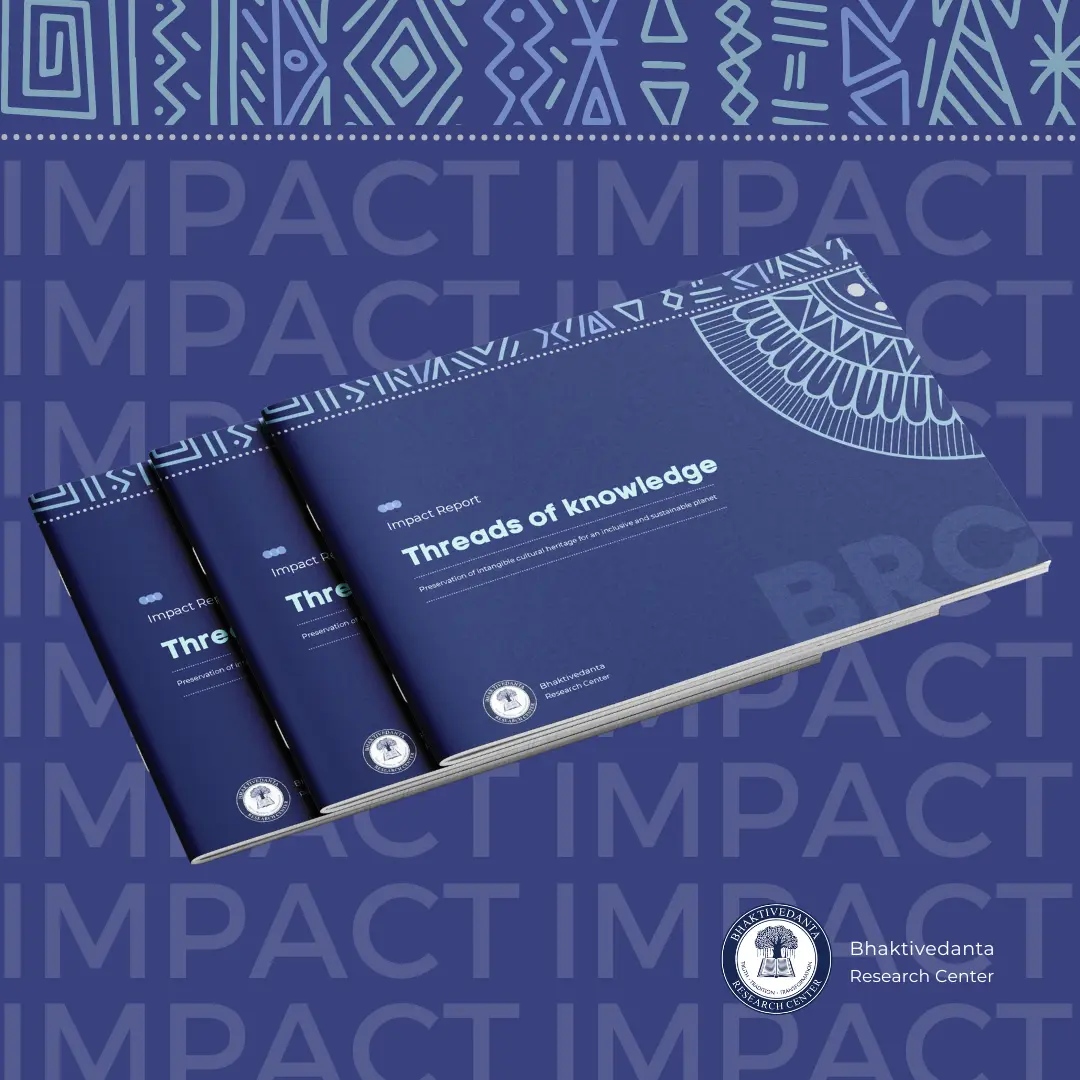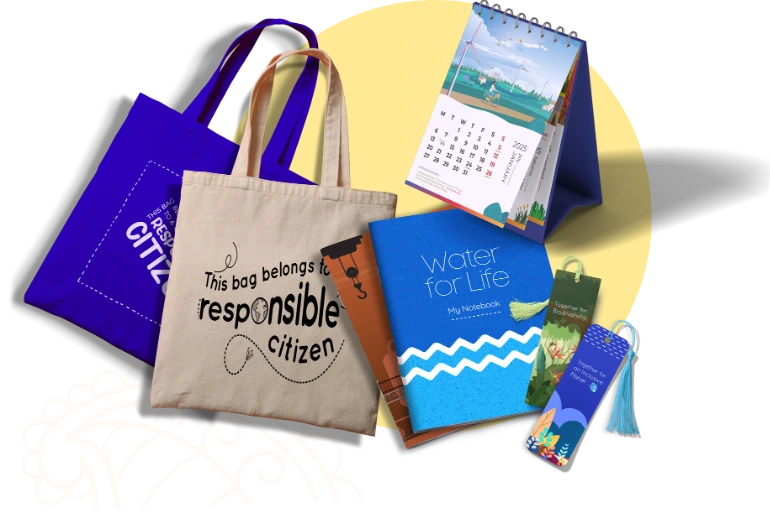Creating Impactful ESG Reports: The Art of Design and Storytelling
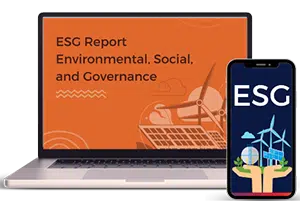
Experience the unique expertise of Slate of Swan – An ESG Report Design Agency
With a shared purpose of telling the stories of positive change, organisations are embracing design-focussed approaches with the art of storytelling.
This aims to engage the audience and aligns with your organization’s sustainability vision.
In this article, we will explore the various design and storytelling strategies that can elevate your ESG reports to the next level
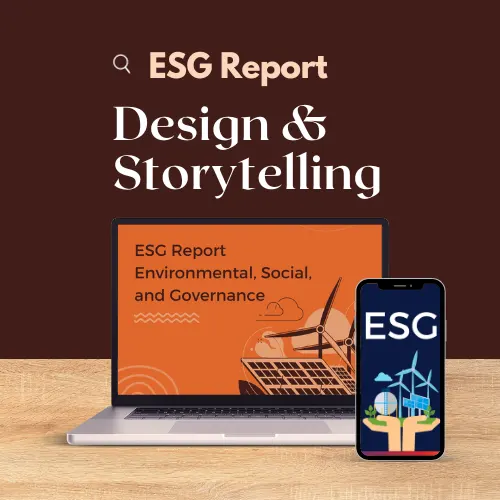
ESG report design is not a piece of art. It is rather a canvas where design and storytelling is used to share the performance and disclosure.
In today’s socially conscious world, stakeholders are increasingly interested in a company’s environmental, social, and governance practices. ESG reports or sustainability reports are a powerful tool for showcasing your organization’s commitment to sustainability and transparency. However, presenting data and information in a compelling way can be challenging.
That’s where the art of design and storytelling comes in. Incorporating engaging visuals, infographics, and narratives into your ESG report designs can bring your data to life and deepen the reader’s understanding of your sustainability initiatives.
Effective storytelling techniques can help you connect with your audience on an emotional level, making your ESG reports or sustainability report designs more memorable and impactful.
Crafting ESG Reports: Elevating Your Sustainability Narrative

ESG reports play a crucial role in today’s business landscape, as stakeholders demand transparency and accountability from organizations.
These reports provide a comprehensive overview of a company’s environmental, social, and governance performance, highlighting its efforts to address sustainability challenges and mitigate risks.
Do you know as an ESG report design agency or Sustainability Report Design Agency, we have designed more than 750 reports.
An impactful ESG report communicates the company’s commitment to sustainable practices and enhances its reputation and credibility.
To create an impactful ESG report, understanding your stakeholders’ needs and expectations is essential. Investors, customers, employees, and regulators have different interests and priorities regarding ESG performance.
Importance of report design or reporting design:
Tailoring your report to address these specific concerns will ensure that it resonates with your target audience and effectively communicates your sustainability initiatives.
In addition to addressing stakeholder concerns, an impactful ESG report should provide clear and measurable goals. By setting targets and tracking progress, you demonstrate your organization’s commitment to continuous improvement and accountability.
Including qualitative and quantitative data in your report will provide a comprehensive picture of your sustainability performance and enable stakeholders to assess your progress over time.
Dell uses whitespace, photographs, a simple narrative and reporting design to offer up a vision of their ESG activities in one glance. On this page, Dell tracks the progress of their sustainability initiatives, and demonstrates their commitment to continuous improvement and accountability.
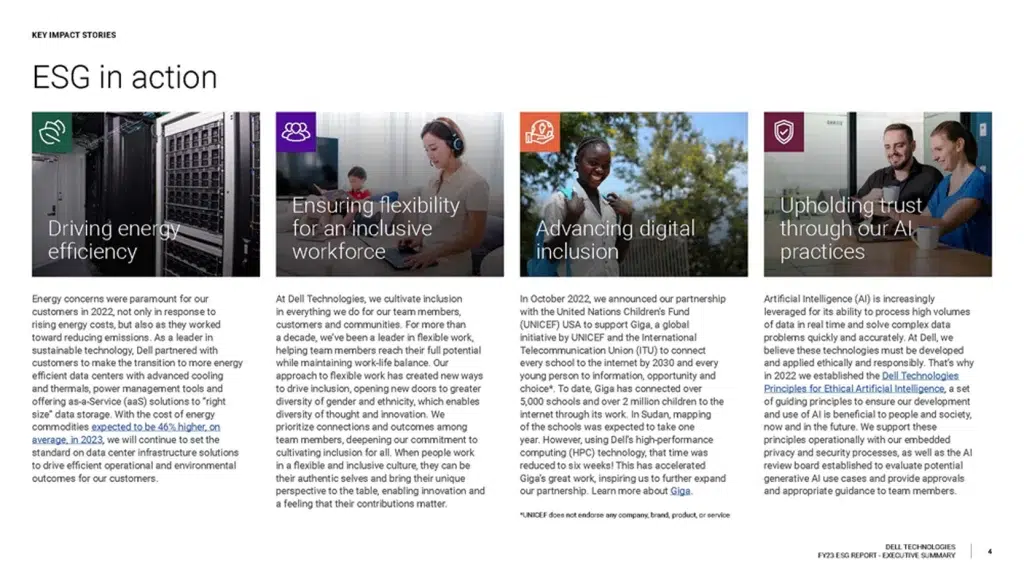
The design of your ESG report plays a crucial role in capturing your audience’s attention and guiding them through the information presented.
A well-designed report should be visually appealing, easy to navigate, and accessible to various stakeholders.
When designing your ESG report, consider the following key principles:
- Consistency: Use consistent branding, colors, and typography throughout your report to create a cohesive and professional look. Consistency helps reinforce your organization’s identity and makes the report easier to read and follow.
- Hierarchy: Organize your report in a logical and hierarchical manner, with clear headings and subheadings. This helps readers navigate through the report and quickly find the information they are looking for.
- Whitespace: Leave ample whitespace between sections and paragraphs to improve readability and create a sense of clarity. Whitespace also makes the report visually appealing and less overwhelming.

Practical insights directly from Slate of Swan – a leading Sustainability and ESG Report Design Agency
When selecting visuals for your ESG report, consider the following tips:
- Relevance: Choose visuals that are directly related to the information being presented. Avoid using generic stock images and opt for real photos and illustrations that reflect your organization’s activities and initiatives.
- Simplicity: Keep visuals simple and easy to understand. Avoid cluttered charts and graphs and opt for clear and concise data representations.
- Infographics: Incorporate infographics into your esg or sustainability report to visually summarize key information and make complex data more accessible. Infographics can help readers grasp the main points of your report at a glance.
Here’s an example of an infographic with minimalistic illustrations by Infosys to visually represent their journey and highlight their performance. The image above displays their ESG performance parameters that draws in audience attention with large fonts, colors, and line illustrations.
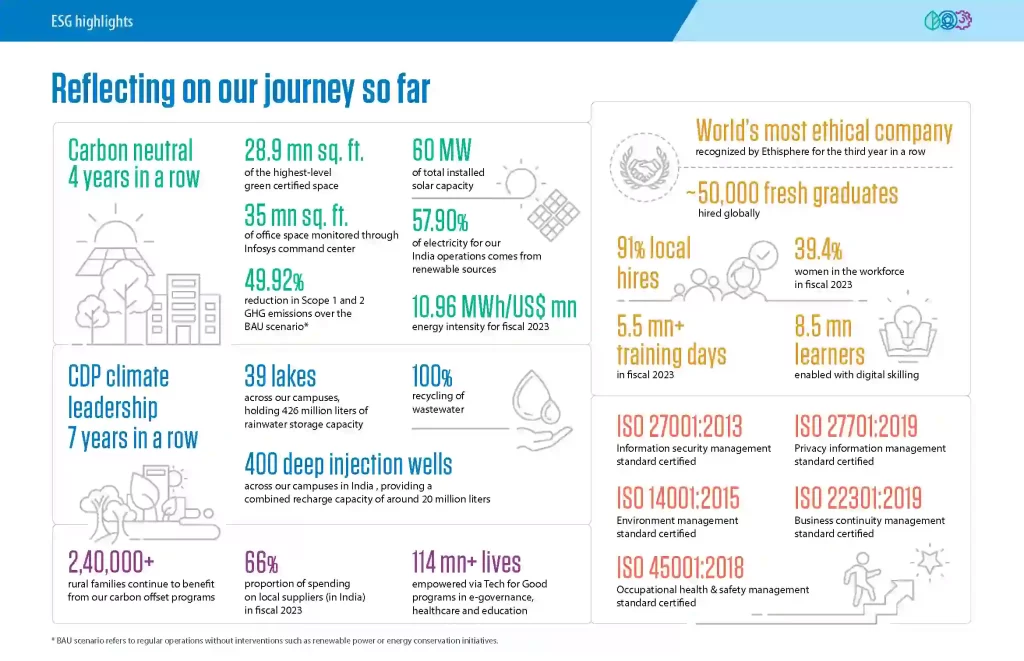
Incorporating Storytelling into Your ESG Report

Storytelling is a powerful tool for connecting with your audience on an emotional level and making your ESG report more memorable. By weaving narratives into your report, you can create a compelling and relatable story that resonates with stakeholders.

Practical insights directly from Slate of Swan – a leading Sustainability and ESG Report Design Agency
When incorporating storytelling into your ESG report, consider the following tips:
Humanize your data
Use real-life examples and case studies to illustrate the impact of your sustainability initiatives. Highlight the stories of individuals or communities affected by your organization’s actions.
Include quotes and testimonials
Incorporate quotes from employees, customers, or other stakeholders to add authenticity and credibility to your report. Testimonials can help humanize your organization and demonstrate its positive impact on people’s lives.
Crafting a compelling narrative in your ESG report requires careful planning and storytelling techniques. Here are some tips to help you create a narrative that resonates with your audience:
- Start with a compelling opening that grabs the reader’s attention. Use a powerful
statistic, quote, or anecdote to set the tone for your report. - Clearly define the problem or challenge your organization is addressing. Explain why it’s important and how your sustainability initiatives are making a difference.
- Introduce key characters or stakeholders in your narrative. This could be employees, customers, or members of the community who have been impacted by your sustainability efforts.
- Describe the actions taken by your organization to address the problem or challenge. Highlight the strategies, initiatives, and programs implemented to achieve your sustainability goals.
In this McKinsey report, the action point is boldly and brightly represented. One-point communication you cannot miss.
- Share the results and impact of your sustainability efforts. Use data, statistics, and testimonials to demonstrate the positive outcomes and benefits.
- End your narrative with a call to action. Encourage readers to get involved, support your initiatives, or learn more about your sustainability efforts.
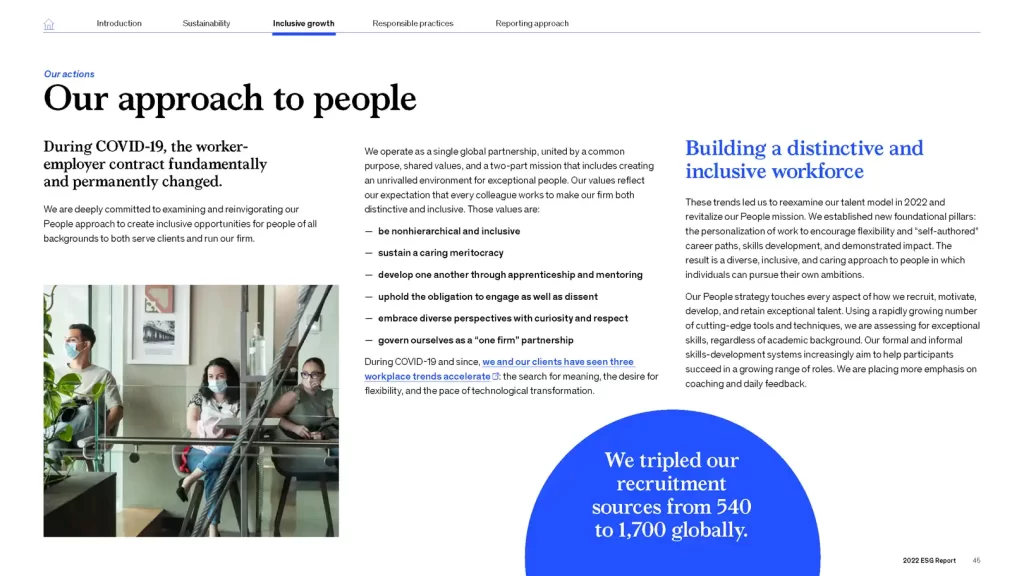
Using Data Visualization to Enhance Your ESG Report

Data visualization is an effective way to present complex information in a clear and accessible manner. By using charts, graphs, and other visual elements, you can enhance the understanding of your ESG report and make it more engaging for your audience.
Practical insights directly from Slate of Swan – a leading Sustainability and ESG Report Design Agency
When using data visualization in your ESG report, consider the following tips:
Choose the right type of visualization
Keep it simple
On this page, Nielsen graphically showcases their goals and current progress.
The ESG or sustainability report designs offer readers a quick visual summary at a glance.
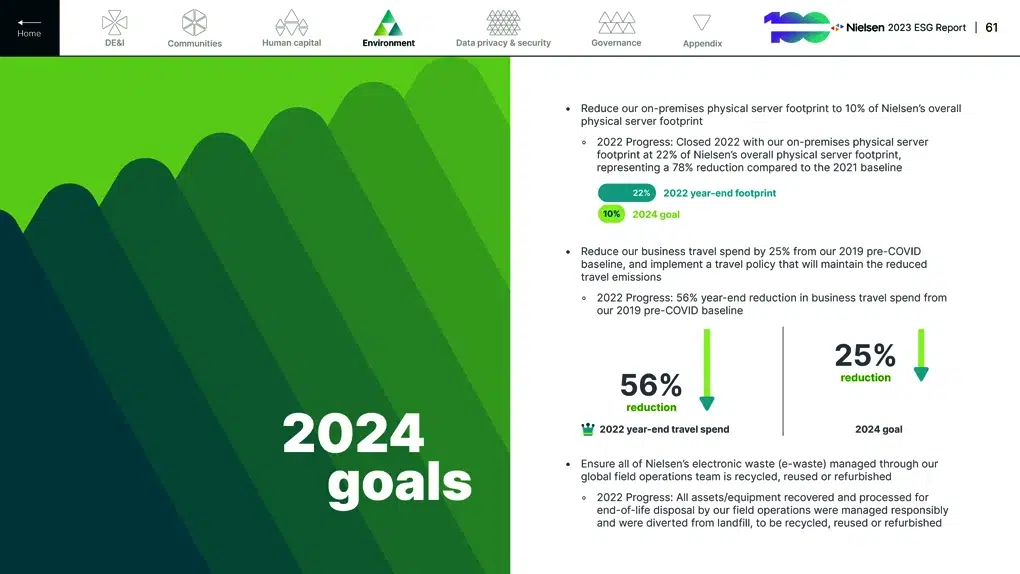
On this page, AB InBev undertakes a materiality assessment using various color codes to represent the matrix on a graph plotted between Importance to external stakeholders and Importance to AB InBev’s business success.
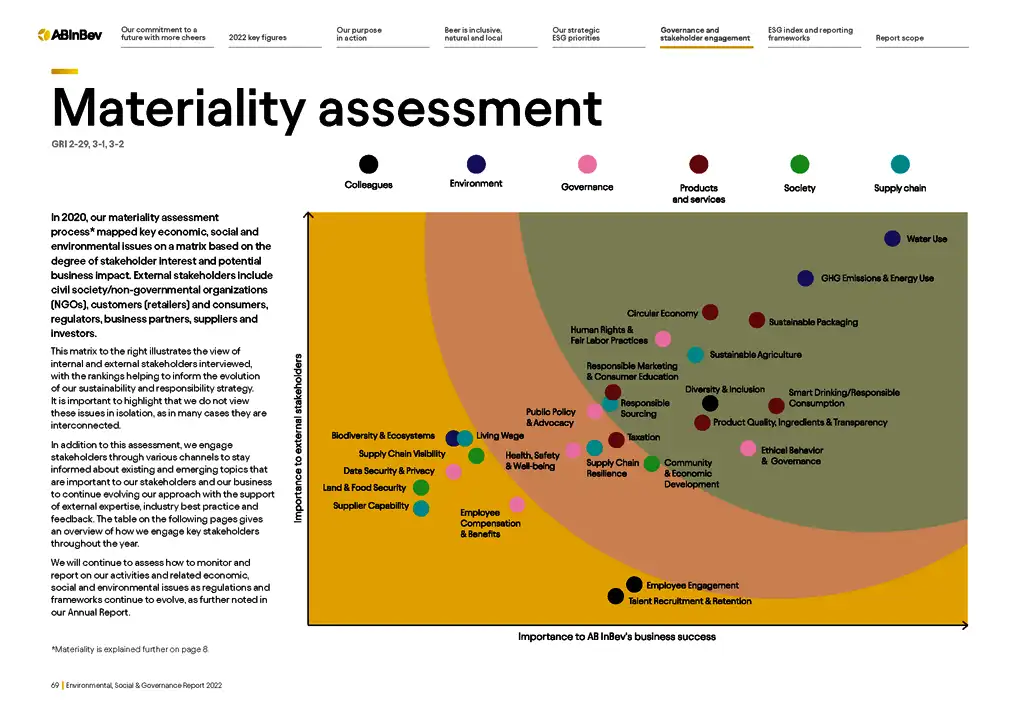
The Storyteller’s Guide to Exceptional ESG Reporting

Practical insights directly from Slate of Swan – a leading Sustainability and ESG Report Design Agency
Here are some tips for creating a compelling narrative:
Identify Your Key Message
Structure Your Narrative
Organize your report around a clear and logical structure.
Start with an engaging introduction that hooks the reader, followed by a well-structured body that presents your sustainability initiatives and their impact.
End with a strong conclusion that reinforces your key message.
Case Studies of Companies with Impactful ESG Reports
To further illustrate the power of design and storytelling in ESG reporting, let’s take a look at some real-life examples of companies that have created impactful Sustainability Reports or ESG reports:
- Company A: Company A’s ESG report incorporates stunning visuals and compelling narratives to showcase its sustainability efforts.
The report includes real-life stories of employees and communities affected by the company’s initiatives, making it relatable and engaging. - Company B: Company B’s ESG report uses data visualization to present its sustainability performance in a clear and accessible manner.
In this Apple ESG report, Apple has represented their highlighted data in a simple, direct, and accessible manner using bolder fonts to stand out on a text-heavy page.

Key Takeaways
Creating impactful ESG reports requires a strategic blend of design and storytelling.
By incorporating engaging visuals, infographics, and narratives into your reports, you can effectively communicate your organization’s sustainability initiatives and engage your stakeholders on a deeper level.
Remember the following key takeaways:
- Understand your stakeholders’ needs and expectations to tailor your ESG report accordingly.
- Design your report with consistency, hierarchy, and whitespace to enhance readability.
- Choose relevant and simple visuals and infographics to convey information effectively.
- Incorporate storytelling techniques to make your ESG report more relatable and memorable.
- Use data visualization to enhance the understanding of your sustainability performance.
- Craft a compelling narrative that communicates your organization’s commitment to sustainability.
By following these strategies and incorporating the art of design and storytelling into your ESG reports, you can create impactful and engaging reports that resonate with your stakeholders and leave a lasting impression.
Looking to elevate your corporate reporting? Explore our expert annual reports design services to create impactful, visually compelling, and ESG-integrated reports!
Key components of an impactful ESG report

ESG reports play a crucial role in today’s business landscape. They provide a comprehensive overview of a company’s environmental, social, and governance practices, allowing stakeholders to assess its sustainability performance.
These reports are not just a box to check but an opportunity to showcase your organization’s commitment to sustainability and transparency.
An impactful ESG report can help build trust, enhance reputation, attract investors, and engage stakeholders.
It demonstrates that your organization understands the importance of environmental and social issues and is actively working towards positive change.
You can effectively communicate your sustainability strategy and progress by presenting your data in a clear, concise, and visually appealing manner.
Crafting a captivating ESG report

To create an impactful ESG report, consider several vital components. First and foremost, you need to define your objectives and target audience.
What message do you want to convey, and who are you trying to reach? Understanding your audience will help you tailor your report to their needs and interests.
Next, you need to gather relevant data and information. This includes environmental metrics, social impact data, and governance practices.
It’s essential to ensure the accuracy and reliability of your data to maintain credibility. You may also consider seeking third-party verification or certifications to enhance the credibility of your report.
Once you have your data, it’s time to organize and structure your report. Begin with an executive summary that highlights the key findings and achievements.
Follow this with sections dedicated to each aspect of ESG, such as environmental initiatives, social impact, and governance practices. Use clear headings and subheadings to guide the reader through the report.
Tips for creating a compelling narrative in your ESG report

Creating impactful ESG reports requires a combination of design and storytelling techniques. By choosing the right visuals, incorporating narratives, and using data visualization effectively, you can elevate your ESG reports to the next level.
Remember to tailor your report to your audience, gather accurate and reliable data, and structure your report in a clear and organized manner. By doing so, you can create ESG reports that resonate with your stakeholders and effectively communicate your sustainability strategy and progress.
In conclusion, the art of design and storytelling is the key to creating impactful ESG reports. Embrace the power of visuals, narratives, and data visualization to bring your sustainability initiatives to life.
By doing so, you can engage your audience, enhance your reputation, and make a lasting impact in the world of sustainability reporting.
Key takeaways
- ESG reports are a powerful tool for showcasing your organization’s commitment to sustainability and transparency.
- Design plays a crucial role in creating an effective ESG report, from choosing the right visuals to incorporating storytelling techniques.
- Data visualization can enhance the understanding and impact of your ESG report.
- Crafting a compelling narrative requires careful planning and storytelling techniques.
- Case studies of companies with impactful ESG reports can provide inspiration and best practices.
The importance of visual narratives in impactful ESG reports

Data visualization is a powerful tool for presenting complex information in a clear and engaging way.
When it comes to sustainability reporting or ESG reporting, incorporating visually appealing charts, graphs, and infographics can make a significant difference in how your audience interprets and retains the information.
One effective data visualization technique is the use of interactive charts and graphs. These allow readers to explore the data on their own terms, enabling a deeper understanding of the trends and patterns.
For example, you could include an interactive map that shows the geographic distribution of your organization’s sustainability initiatives, or a dynamic chart that allows stakeholders to track progress over time.
Another way to enhance your ESG report design through data visualization is by using infographics. Infographics combine text, images, and graphics to convey complex information in a visually appealing and easily digestible format.
They can be used to highlight key performance indicators, showcase the impact of your sustainability initiatives, or illustrate the progress made towards achieving your ESG goals.
In addition to charts and infographics, consider incorporating data visualizations that tell a story.
For example, you could use a timeline to show the evolution of your organization’s sustainability efforts, or a before-and-after comparison to demonstrate the positive impact of specific initiatives.
These visual narratives can help stakeholders connect with your ESG report creative design & communication on a deeper level, making it more memorable and impactful.
Looking to elevate your corporate reporting? Explore our expert annual report design services to create impactful, visually compelling, and ESG-integrated reports!
Conclusion and key takeaways

While data visualization is essential for presenting information effectively, it is equally important to craft a compelling narrative that ties everything together.
A well-crafted narrative can help your audience connect with your organization’s sustainability journey and understand the broader context of your ESG report.
Start by clearly defining the purpose and message of your ESG report. What story do you want to tell? What are the key takeaways you want your audience to remember?
Once you have a clear understanding of your objectives, you can structure your narrative around them.
One effective storytelling technique is to use real-life examples and case studies. By showcasing the impact of your sustainability initiatives through concrete examples, you can make your ESG report more relatable and engaging.
Include testimonials from employees, customers, or community members who have benefited from your organization’s sustainability efforts. These personal stories can help humanize your ESG report and make it more compelling.
Another tip for creating a compelling narrative is to use storytelling devices such as conflict, resolution, and transformation. Highlight the challenges your organization has faced in its sustainability journey and how you have overcome them.
Show how your sustainability initiatives have transformed not only your organization but also the lives of your stakeholders. By framing your ESG report as a story of progress and positive change, you can inspire and engage your audience.
Remember to keep your language clear, concise, and accessible. Avoid technical jargon and acronyms that may confuse or alienate your readers.
Use plain language that everyone can understand, and consider including definitions or explanations for any industry-specific terms that you must use.
This will ensure that your ESG report is accessible to a wide range of stakeholders and can be easily understood and appreciated.
Partner with Slate of Swan – Your Trusted ESG Report Design Agency for Impactful, Compliant, and Engaging Reports.
Share this post

